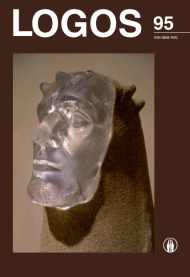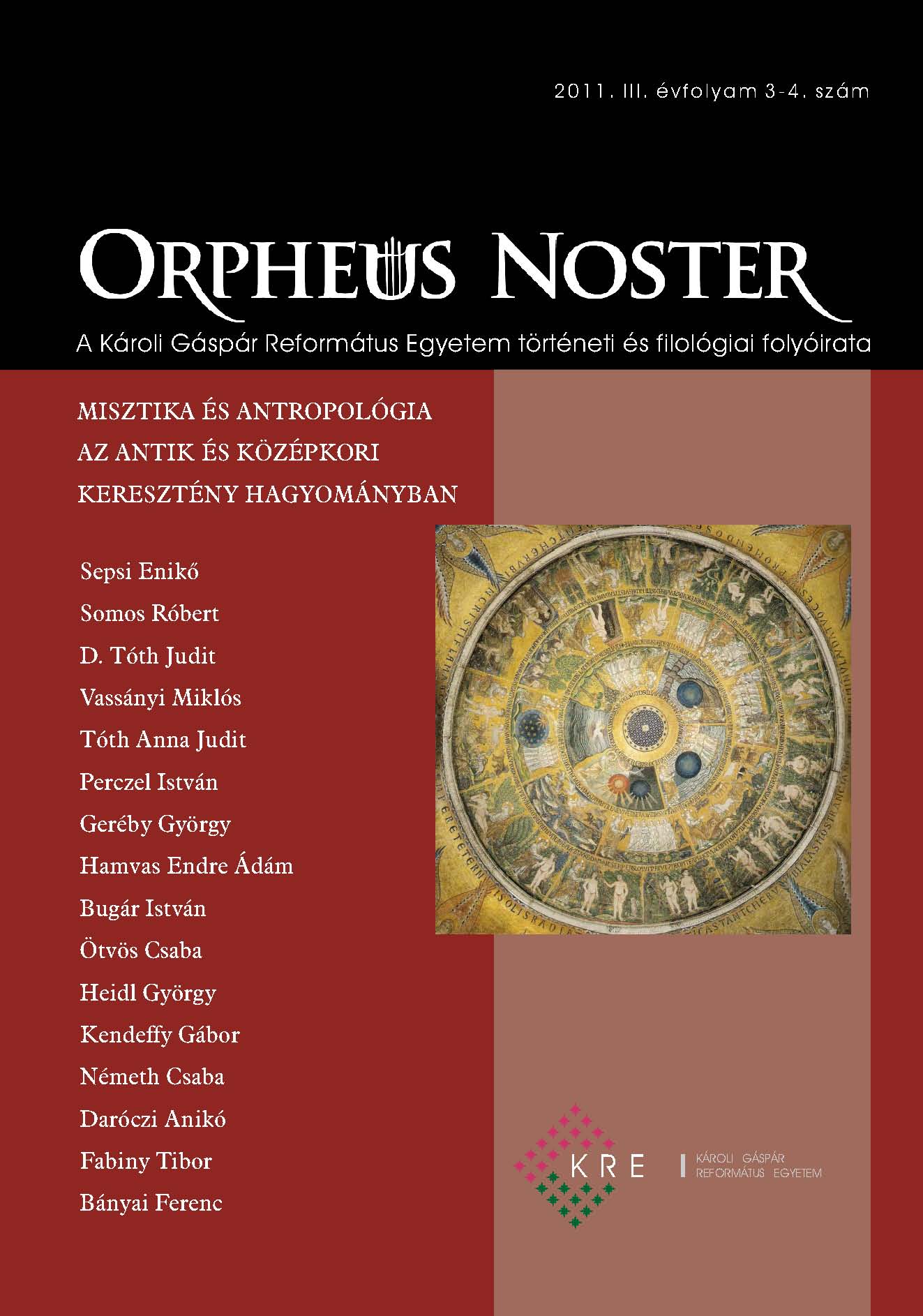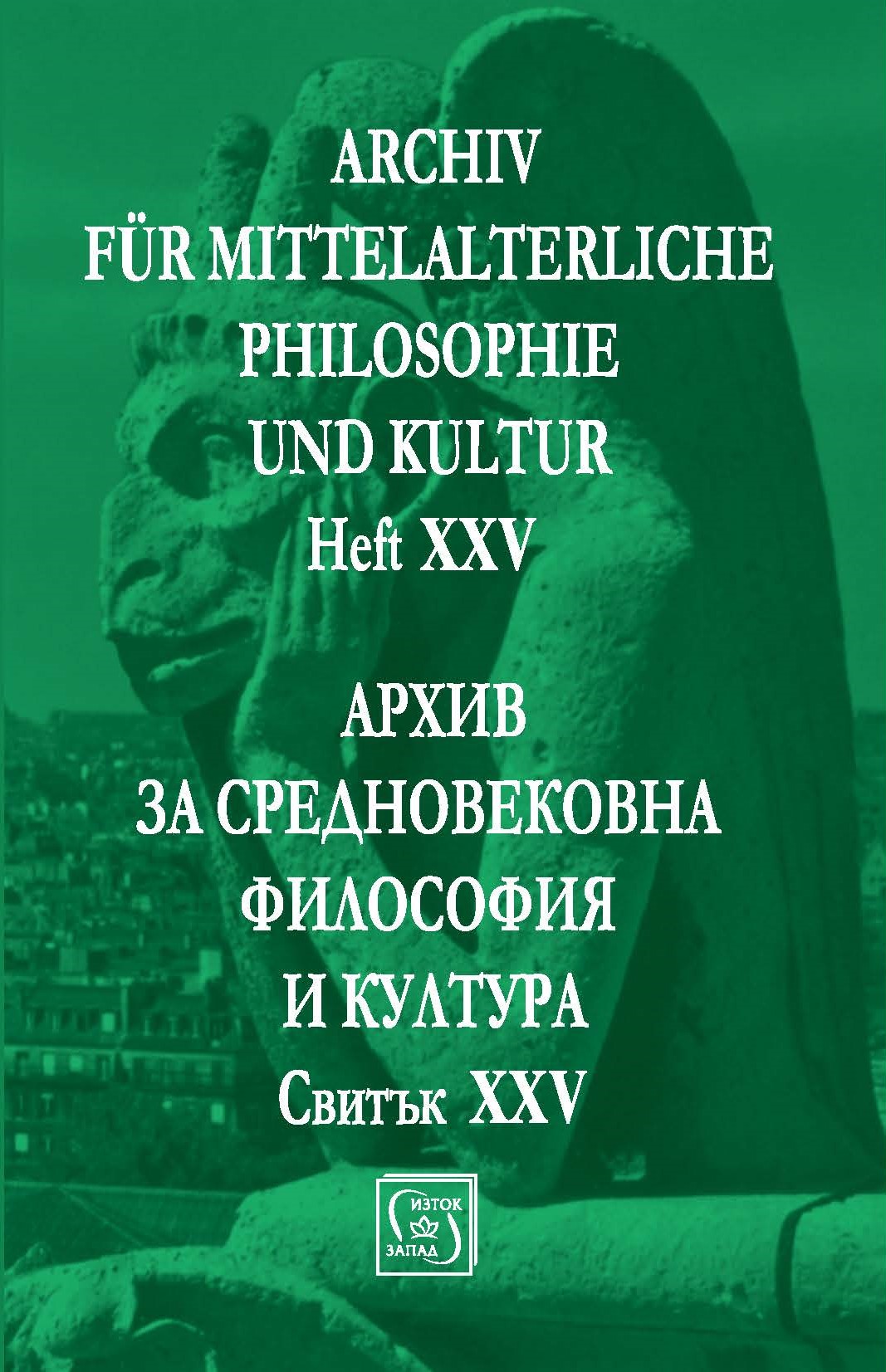Author(s): Csaba Németh / Language(s): Hungarian
Issue: 3-4/2011
The present, rather preliminary, study focuses on the interplay between theological anthropology and epistemology in twelfth-century sources. The main question is whether (and if so, how) the relation of these two fields influences the “mystical” works of the given age. Now all twelfth-century thinkers were in a similar position regarding epistemology. They knew that the highest possible object of human cognition is God, but its cognition is not granted automatically. It was also common belief that ratio – discursive reason – is insufficient for the adequate cognition of God. Secondly, the cognitive faculty that surpasses reason was usually called intelligentia – but the concrete conception behind the term varied wildly with the several different authors. Therefore, a comparative study into the possible meanings of intelligentia may outline the limits of what can explain the relations between a given author’s position in anthropology and the character of his „mystical” works. Three such cases were selected. The second case study concerns the relation of theological anthropology and epistemology in William of Saint-Thierry, an author particularly famous for formulas like “amor ipse intellectus est.” William’s model for the cognition of God is formulated outside epistemology. He knows the traditional scheme of sense perception, imagination, reason, and even an intelligentia on top of discursive reason – but finds these insufficient for an adequate cognition of God (Meditativa oratio 2 and 3). His solution is a divine intelligentia, a form of grace that descends into the human mind. William hereby conceives the cognition of God according to the contemporary model of sense perception. In that model, the cognitive force transforms into the object of perception; and, as he declares, the proper organ for the cognition of God is love (Speculum fidei 62-64). In this particular model the perception of God coincides with the love towards God. Such principles, then, result in a particular form of mystical texts. The third case is that of Richard of Saint-Victor. Here a clearly defined model of epistemology exists, parallel to his model of theological anthropology. Intelligentia for Richard means a human cognitive faculty whose function is the cognition of those invisible realities that reason cannot grasp. This faculty is part of the human anthropology: the cognition of the divine is the result of the co-operation between grace and this faculty. The harmonised coexistence of an epistemological and a theological model leads to a feature unique among twelfth-centuryauthors: the “mystical experience” of ecstasy (that is, the excessus mentis or alienatio mentis) can be described not only in terms of theological anthropology (as e.g. in case of Bernard of Clairvaux or William of Saint-Thierry) but also in terms of epistemology. From the three case studies it may be inferred that the attitude towards epistemology defines the character of “mystical” texts on the (ecstatic) cognition of God, and that without knowing the author’s position, the meaning of these texts may remain inaccessible to the reader.
More...












